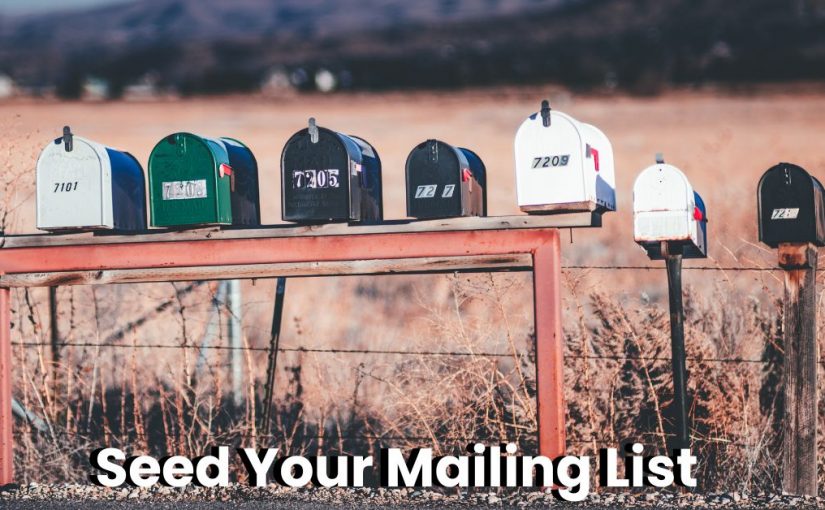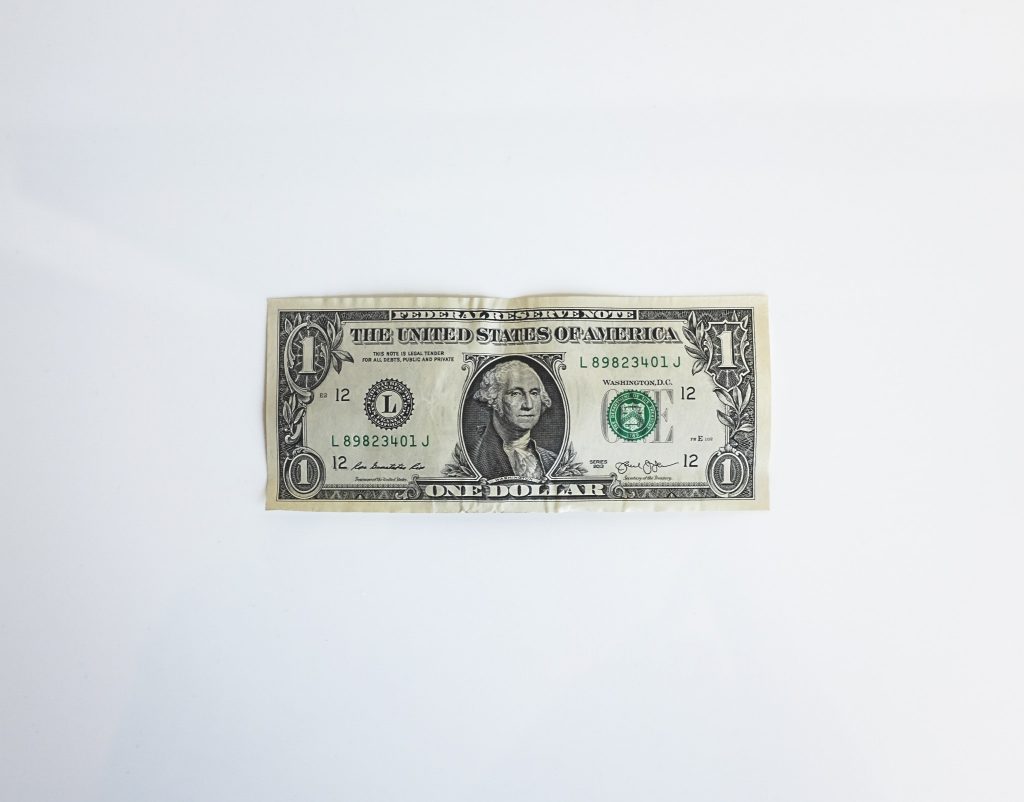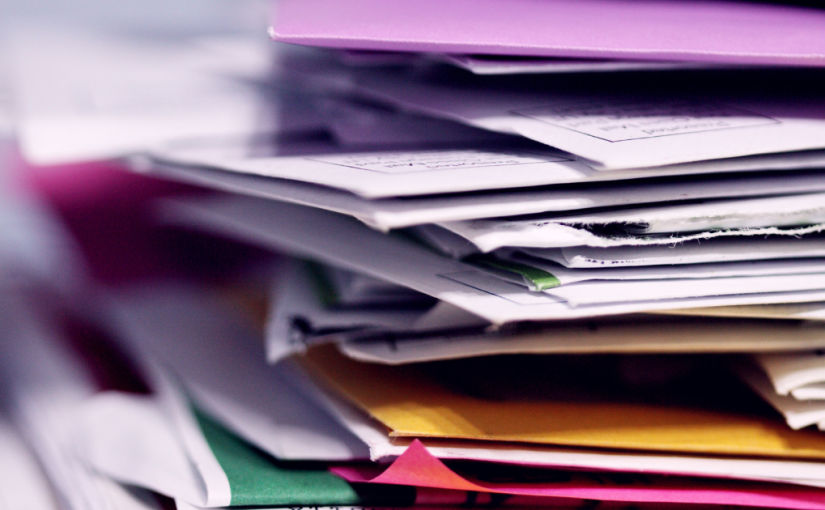Should you utilize LetterStream for sending out promotional mail with the aim of expanding your potential client base and, ideally, boosting your income, we are delighted to accompany you on this journey.
We believe you’ll see some positive results in your bottom line when promoting your goods and services through postal mail.
Increase the Chance of Someone Opening Your Letters
To make a mailing campaign work, there are two things to focus on. The first is what’s on the outside that gets your letter opened. The second is what’s on the inside that delivers your specific message and call-to-action. Think about this in your marketing strategy.
We like to consider the first step as judging a book by its cover. We realize you’ve probably been taught not to judge a book by its cover, but let’s face it, that’s how we all work, especially when it comes to making purchases.
What Should the Outside of My Mail Piece Look Like?
For this article, we are focusing on the external components and the important things to consider in order to get your envelope opened.
Whether you’re sending an invoice, a newsletter, or a direct mail marketing campaign, these principles hold true. The exterior of your mail item is what compels the receiver to open and scrutinize the letter or its contents.
It’s Not About Pretty Envelopes
Yes, you read that correctly and this may throw a twist into things a bit. We may even get a lot of push back from the graphic designers and envelope engineers out there. However, it’s not about pretty and it’s not about eye-catching. It’s about something far simpler.
Getting someone to open an envelope from the postal service is all about the term “recognizable”. Think about this the next time you sort and open your mail. Chances are, unless you design envelopes or are in marketing, you won’t sort your mail by pretty or eye-catching. Instead, you will sort and even prioritize by the concept of “recognizable.”
Make your Envelopes Recognizable
You’ve likely already realized this while going through your own mail: your envelope should hold something identifiable or familiar to resonate with the recipient.
Consider the reasons behind your specific method of sorting your incoming mail, and let’s try to define the different priorities based on the principle of recognition.
The Mail Sorting Routine
Let’s capture the mail sorting process. Keep in mind the exact steps won’t be the same for everyone. I ought to know, for some weird reason I like to sort my mail by envelope size, from smallest to largest.
General Sorting Efforts Beyond Envelope Size
A person generally will end up with a couple piles of mail after sifting through the stack. There will be the friendly mail like wedding invitations, birthday cards, holiday letters and thank you notes.
Next there will be the pile of bills that need to be sorted out for payment and processing, maybe not now, but not to be forgotten.
Then there’s the rest of the mail. Granted, you may make a pile for grocery store coupons and various other items, but the bulk of everything else is just noise. You might just dump it in the shred bin, or you may let it accumulate for another day when you have more time. Which face it, never really happens.
Which Pile Would You Like Your Message In?
That’s easy; you want it in the friendly mail pile. If you can’t obtain that, you’ll want it in the bill pile. If you can’t secure that, you’ll want it to be the most stand-out piece in the pre-shred pile.
Our recommendations are deigned to keep your mail out of stack three completely. We want action taken by the receiver before they toss it through the shredder.
Hey, I know This Sender
We believe there are two key components of recognition and familiarity.
The first component is, do you know the name in the return address of the envelope? We believe fairly early in the process you will look at the sender’s name to decide which pile the mail goes into. If you see a family member’s name or an old high school buddy on the envelope, it’s going to get opened first.
These personal connections are the most powerful for getting a piece of mail opened. (Side note: This also is why its important to send a personal note to a potential business contact within days of meeting them. So that your name and sales pitch are still in the forefront of their mind.) So, be sure to put your name and/or company name on the outside of the envelope.
If you choose to not place your name or company name on the outside of the envelope, you might feel like you are being clever. However, it’s quite similar to a cell phone call which pops up on your phone as “restricted”. Most people won’t answer the call. The same is true for mail. People won’t open your letter.
The second way to make the return address recognizable is to send it from a town local to your recipients. This isn’t often possible, but when you can, try to make it happen.
Is This a Bill?
Here’s where a transactional mailing company like ours has a totally different perspective than flashy marketing companies.
We know that bills get opened, and we also know they get sorted to the second tier of mail. If something looks like a bill, it will avoid the first round of shredding. Why? Because of importance.
For clarification, we are still talking about the outside of the envelope. Bills come in plain white envelopes, have a security tint on the envelope and typically have one or two windows for addresses to show through.
We don’t recommend making your message look like a bill, as that could make people grouchy. However, we recommend making it look important.
Do You Really Know Me?
Who are your true friends? Are they the ones that call you by your casual name or your nickname? We may not know entirely but we do know, they don’t call you by your last name followed by your first name (Jones, Mike).
If you receive a piece of mail with your last name, a coma and your first name, are you intrigued? Is the sender familiar? No; no one would call you that.
There’s a reason we call it the First Name and Last Name. Also, spell your recipients names correctly. If you don’t know how to spell their name, don’t bother sending the mail.
Should You Make Your Stamp Stand Out?
To be honest, we don’t get it either. Stamps probably don’t make any difference. If you see grandma’s name in the return address area of a piece of mail, you’re going to open the letter. Doesn’t matter if it has a squished bug where a stamp should be.
There are so many other mail sorting methods that take priority over the stamp, that you probably shouldn’t care about it. Let’s rephrase. Put real stamps on your wedding invitations and other luxurious mailings in order to honor your friends but don’t use it on marketing mail.
If It Doesn’t Arrive, It Won’t Be Opened
Seems simple, but that’s not always the case. We can’t forget making sure you have right addresses.
Double check your mailing list. Make sure you didn’t accidently sort only of your addresses and scramble up your entire mailing list. Yes, this one makes us a little sick and we’ve seen it far too many times. Databases and Excel spreadsheets can assist in shuffling your data, but ensure all elements are correctly aligned prior to uploading your address list.
You can also clean up your mailing lists using CASS software or better yet is the NCOA (National Change Of Address) database.
A quick note: we offer “Address Cleanup”/CASS and “Deluxe Address Cleanup”/NCOA on our website to help you get the most out of your mailing list. Also, if your data has gotten scrambled, our Deluxe Address Cleanup will let you know.
Another way to verify a few addresses is by using the USPS zip code lookup tool. Only use if you don’t mind entering them one at a time. It does more than look up a zip code; it will actually tell you if the address is complete and if it is valid.
Happy Mailing
Hopefully these little tidbits will help you reflect on your next mailing and how you can increase its effectiveness. And just maybe, your next mail piece will be recognized by your clients in their stack of mail!







